According to your friends on Facebook, Joe Biden has gifted us with record-breaking stock market highs.
Is this true, or is something else going on?
It is true stocks have soared to new heights multiple times over the last several months. So, what does President Biden have to do with it?
Not much.
I like to remind my Facebook friends that if you are going to play the “lookie, my president made the stock market be biggly” game, you have to give Trump credit for the upward trajectory of stocks during most of his term (I don’t).
In reality, the recent bull market in stocks is mostly a function of the promise of a return to easy money with the Fed set to cut interest rates.
In the current economic environment, presidents and their policies have very little to do with the stock market.
That’s not to say they have no impact at all. Taxes, spending, regulations, trade policies, etc. all impact the economy, and through it, stock prices. But in this modern age of aggressive central bank intervention, Federal Reserve monetary policy serves as the biggest market driver. Fed intervention has been so extreme in the 21st century it has overwhelmed normal market dynamics such as corporate fundamentals or federal economic and tax policy.
As you can see from this graph showing the trajectory of the Dow Jones Index, other than the onset of the pandemic, movements in the stock market correlate almost perfectly with the trajectory of monetary policy. Looser monetary policy proceeds and drives bull markets, and tighter monetary policy pushes the markets lower.
Note the dip in the orange box. At the time, the Federal Reserve was trying to normalize interest rates after nearly a decade of artificially low rates in the wake of the 2008 financial. The Fed held rates at zero through most of that period. During that time, the trajectory of the Dow was generally upward.
As you can see on the graph, the market starts to climb again before the big crash during the pandemic.
Why?
The Fed cut rates three times that year because the previous hikes had started the process of the next bust cycle. The central bank pumped a little easy money back into the system juicing the markets in 2019 and stalling the looming bust (And all the Trump people said, “See! He’s making America great!”).
Then we had COVID. You can see the pandemic era as a big dip on the chart.
The pandemic bailed the Fed out. It gave the central bankers an excuse to go back to an unprecedented easy money policy. It cut rates to zero again and put quantitative easing on steroids. Over the next 18 months or so, the Fed injected nearly $5 trillion into the economy in QE alone.
I’m convinced that had we not had the Rona, the economy was on the path to crashing in 2020. But the pandemic created an opportunity to reinflate the bubbles with an unprecedented loose monetary that almost made 2008’s intervention look normal.
With all of the money flowing during and after the pandemic, you can see the Dow climb until 2022. Then we have the first rate hike to fight “transitory” price inflation in March 2022. Notice the Dow tanked as the Fed was raising rates then stabilized and traded sideways (Green box) during the balance of the hiking cycle.
The Dow took off again and started setting record highs in late 2023.
What exactly did Biden do to cause this?
Nothing.
But the Fed did something.
Powell & Company started signaling an end to rate hikes and the markets started anticipating rate cuts – a return of the easy money punchbowl. Earlier this month, Fed Chairman Jerome Powell gave the strongest signal yet that the Fed will likely start cutting rates in the fall. That’s why the Dow was up and set more records a couple of weeks ago.
You saw this same phenomenon on a micro level throughout the hiking cycle. Every time it looked like price inflation was cooling off and the Fed might stop hiking rates, the Dow rallied. And whenever there were signs of hotter price inflation, stocks sagged because the markets worried rates would stay higher for longer.
The point is easy money is the lifeblood of this stock market – and the economy more generally.
Booms and Busts
The truth is this stock market is a great big bubble fueled by inflation and artificially low interest rates. It’s been an impressive boom. But little or nothing to do with Joe Biden.
Whoever wins this kabuki theater of an election will likely have to deal with a massive crash because tighter monetary policy over the last couple of years is in the process of breaking things in this house of cards economy. Even with rate cuts on the horizon, I believe it will be too little too late to stop the bust.
Here’s an analogy.
Easy money (artificially low interest rates and money printing) is heroin.
The economy is an addict.
The Fed is the drug dealer.
During the Great Recession, the Fed pumped nearly $4 trillion of new money into the economy and held interest rates artificially low until 2017. That’s a lot of heroin! When the central bank started trying to wean the addict of the drug, the druggy threw a fit (the stock market crash and shaky economy in the fall of 2018). Instead of letting the addict go through withdrawal and get better, the dealer went back to supplying the drug.
Then when COVID hit, the dealer gave the addict more drugs than he could ever want. The Fed pumped nearly $5 trillion of new money into the economy and slashed rates to zero again. Not only did we get asset price inflation, but we also got consumer price inflation. It was a predictable result of all the money and credit creation on top of government stimulus handed out while production slowed to a crawl while everybody was locked in their houses.
When the Fed finally acknowledged price inflation was a problem, it raised rates. It effectively cut off the drug supply. But unlike in the aftermath of the Great Recession, the Fed didn’t ease the addict off the drug. It basically made him stop cold turkey, and we still haven’t seen the consequences. The addict hasn’t had time to get all the heroin out of his system.
Today, the Fed is promising to start supplying the drugs again. It doesn’t want the addict to start going into convulsions. Meanwhile, the addict is already partying in anticipation of more heroin. The problem is it’s not going to be enough drugs to keep the party going. At some point, the addict is going to crash (There are too many malinvestments and too much debt in the economy for it not to).
At that point, the pusher will face a choice: go back to the zero percent interest rates and money printing in the hope that the addict can get high enough again to enjoy the party, or let the addict go through painful withdrawal.
Either option is going to be bad for those of us caught in the middle. We’re either going to suffer through an economic bust commensurate with the nearly two-decade heroin-induced boom, or we’re going to deal with levels of price inflation we have not seen yet.
Read the full article here

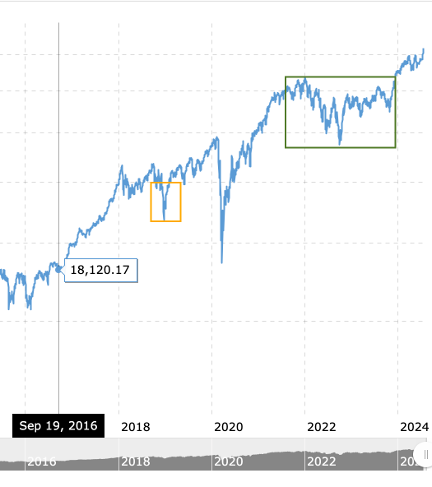
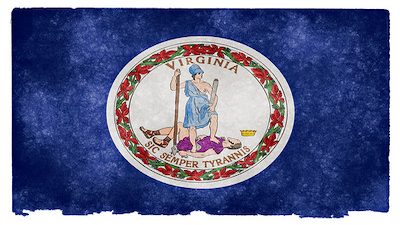




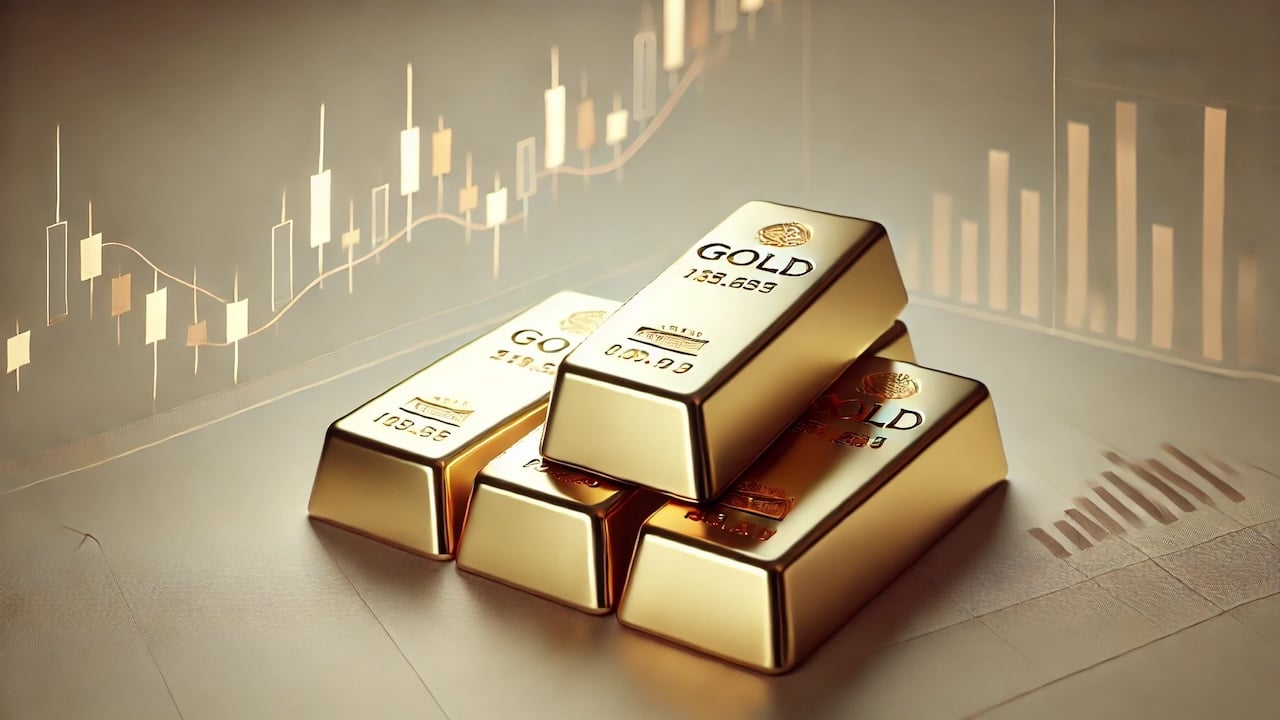
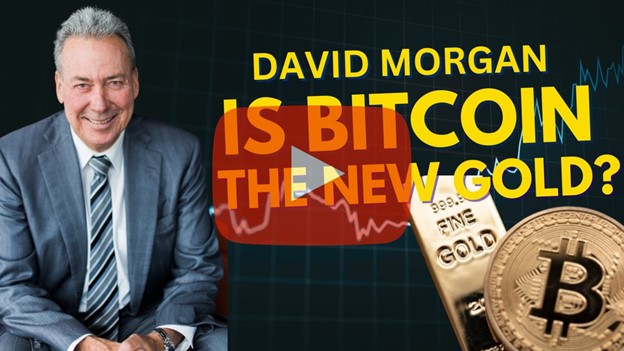

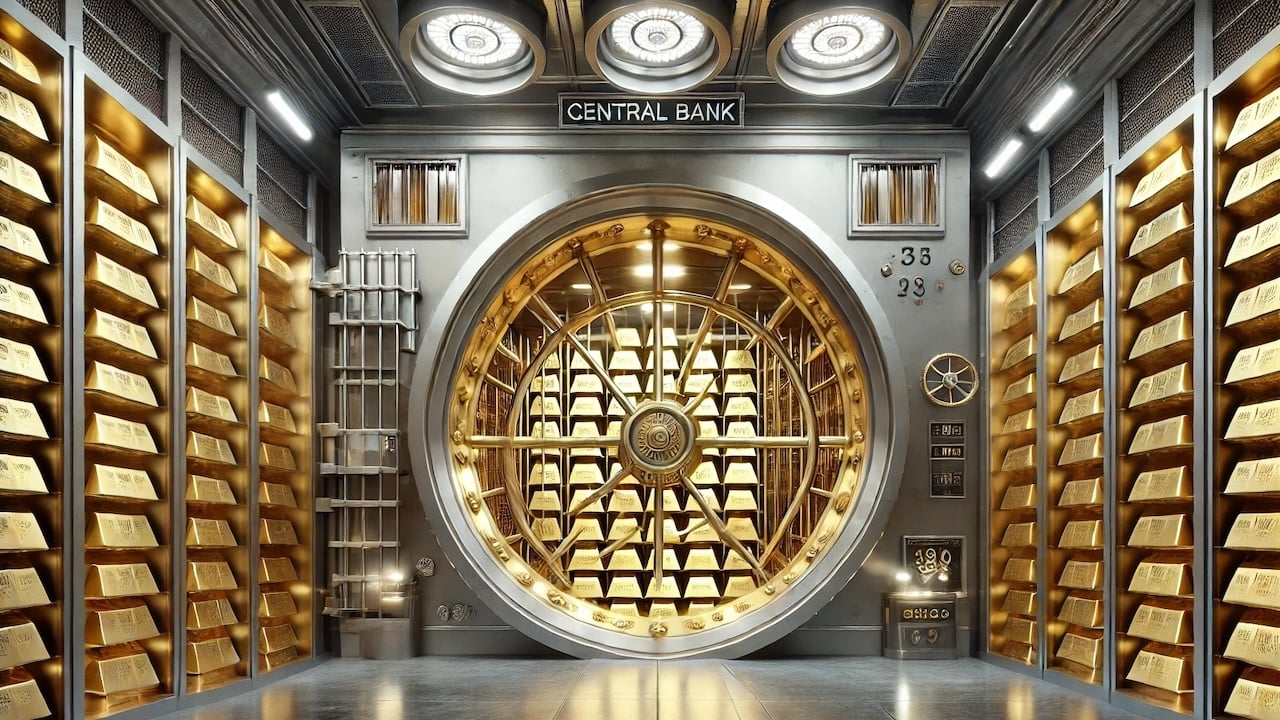

Leave a Reply